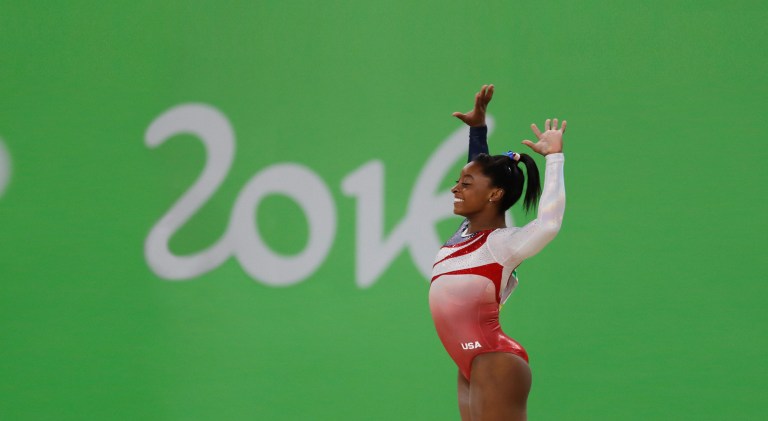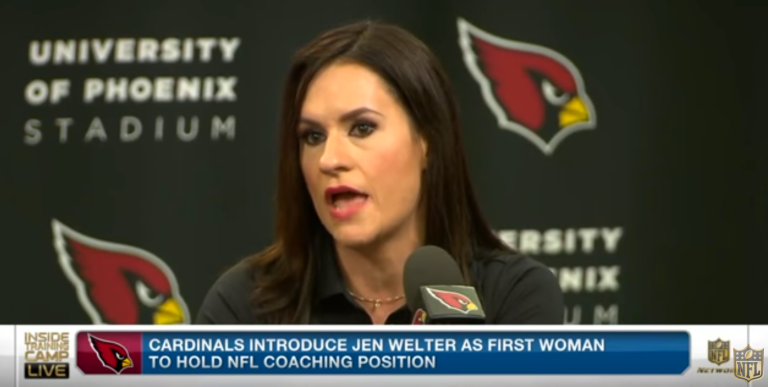The NWHL Finally Offers Women A (Paid) Hockey League Of Their Own
“The landscape for women's sports has changed so much in the last five years,” Rylan says. “The shifting tides of technology and culture have really kicked the doors off the hinges in terms of what the NWHL is truly capable of.”
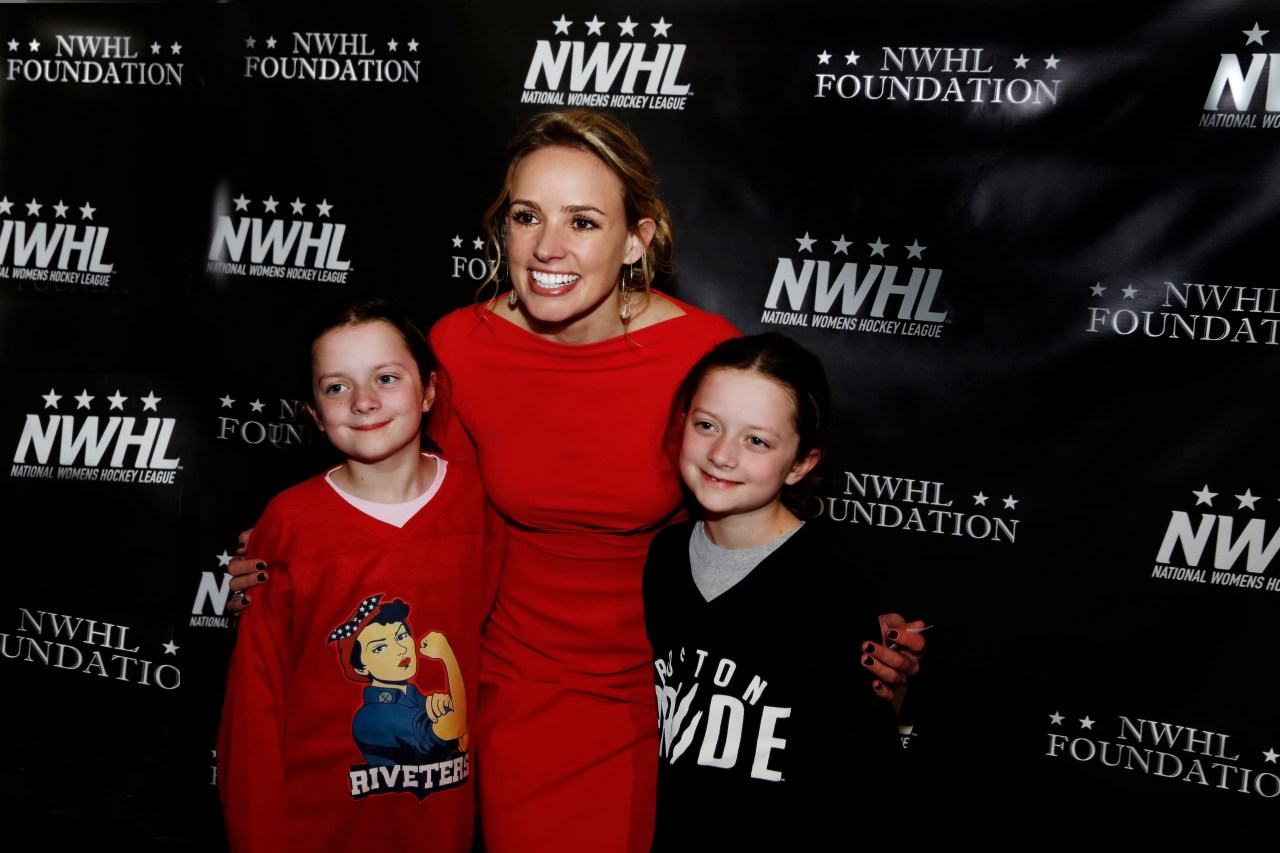
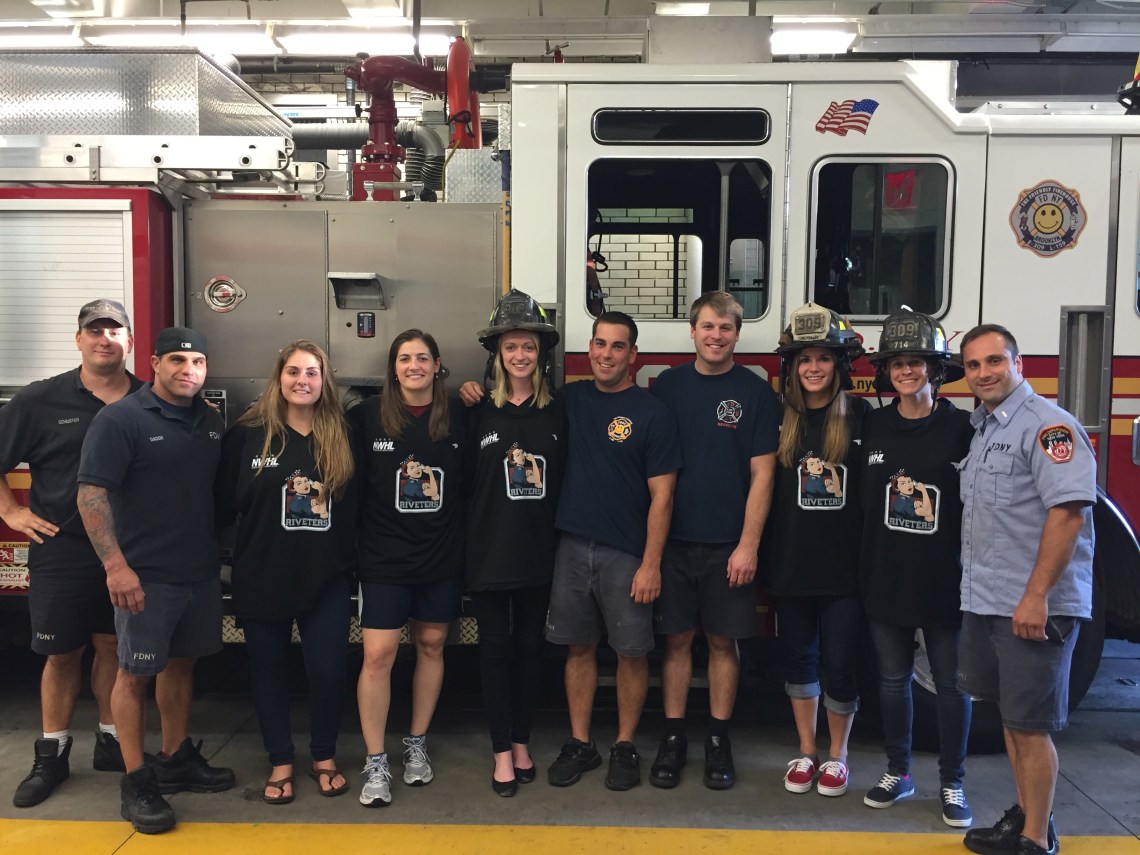
The “Like A Girl” commercial that ran during last year’s Super Bowl sparked a conversation about the abilities of women today, especially in regard to the world of sports. The #likeagirl video, directed by filmmaker Lauren Greenfield, which won the Emmy Award for Best TV Commercial, highlighted why the phrase “like a girl” should no longer be used as an insult. And we’re seeing why firsthand.
At this year’s ESPY Awards, Ronda Rousey not only took home the Best Female Athlete ESPY Award for the second straight year, she won the Best Fighter ESPY Award, as well. That award only went to either Floyd Mayweather Jr. or Manny Pacquiao in the past, proving that times are changing when it comes to how people perceive female athletes. They’re no longer being seen as only female athletes, with some kind of asterisk noting that they’re not male athletes, but simply: athletes. And that’s the way it should be, or at least that’s what Dani Rylan, the commissioner of the upstart National Women’s Hockey League, believes.
“Strong, confident women never go out of style and you’re starting to see that become the societal norm, rather than the exception,” Rylan, who also serves as the general manager of the New York Riveters, which is one of the league’s four teams, says. “When you have the likes of Serena Williams, Ronda Rousey, and the pro hockey players of the NWHL unapologetically working year-round to be the best in the world at what they do, it redefines the bar.”
There’s no doubt that there’s at least some interest in women’s ice hockey. The Canada versus United States women’s gold medal hockey game at the 2014 Sochi Winter Olympics drew 4.9 million viewers, according to Nielsen. But the major question surrounding women’s hockey has been: How do you maintain interest other than at the Olympics when many people are cheering for their nation as a whole, rather than a particular athlete or sport? The NWHL (under different leadership) has already existed and didn’t last a decade before folding in 2007. Then there’s also the Canadian Women’s Hockey League, which the newly formed NWHL has to compete against.
One of the major differences, however, between the NWHL of today and the CWHL is that the players in the NWHL will actually draw salaries. While the players’ salaries in the NWHL won’t be enough to live on alone, coming in somewhere under $15,000 most likely, according to Puck Daddy, it’s a step in the right direction – and paves the way for a promising future.
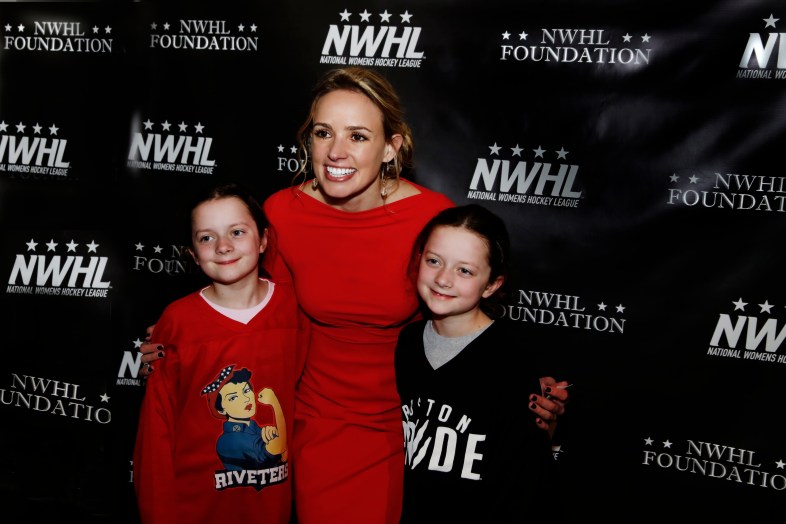
“The landscape for women’s sports has changed so much in the last five years,” Rylan says. “The shifting tides of technology and culture have really kicked the doors off the hinges in terms of what the NWHL is truly capable of.”
New York Riveters goalie Jenny Scrivens knows all too well the way things were before the NWHL was an option.
“When I graduated from Cornell in 2010 I thought my hockey career was over,” Scrivens says. “I lugged my goalie gear to Toronto, LA and Edmonton but never really got further than lacing up my skates to coach. It wasn’t until I heard about the NWHL and the opportunity to play competitive hockey again that I really wanted to get back into it.”
In hockey circles, Scrivens is mostly known as the wife of NHL goaltender Ben Scrivens and part of the “Hockey Wives” TV series. Now, she has the opportunity to let her glove (and blocker) do the talking for her, rather than a reality show.
“I took my husband’s last name and happen to play the same sport as him,” Scrivens says. “I don’t expect people to ignore the connection. But maybe I can use this as an opportunity to shed light on other women in similar situations who are trying to carve a career path for themselves too.”
Scrivens has also witnessed the impact professional athletes can have on youngsters by watching her husband and fans interact after games.

“I’ve spent a good part of my life waiting on Ben after home games,” Scrivens says. “My favorite part of hanging around the rink after games is watching fans in LA evade arena security just to get an autograph. Or the fans in Edmonton who wait OUTSIDE the rink in the middle of January just for the chance to see their hero.”
Even though Scrivens has only been a NWHL player for a few weeks now, she’s starting to experience the professional athlete-fan relationship on her own.
“I’ve already seen the impact the league has had on young girls hoping to grow up and play professional hockey one day,” Scrivens says. “I feel a sort of responsibility in having the opportunity to be a professional hockey player, and to me that means giving back to the community and inspiring other young women to pursue their dreams.”
And that’s one of the main reasons why Rylan, who originally tried to bring a CWHL expansion team to New York in 2014, created the NWHL with the help of Hockey Hall of Famer Angela Ruggiero.
“Women’s hockey has been waiting to burst into the national spotlight for sometime,” Rylan says. “As with every major shift, it takes time. With the evolution of social media, I think we’re witnessing a support system take shape where little girls observe greatness on a frequent basis during their formative years and say, ‘Hey! If they can do it, so can I!’”
By creating this platform to showcase the most talented hockey players out there, the NWHL is helping to redefine what it means to “play like a girl.” ![]()
